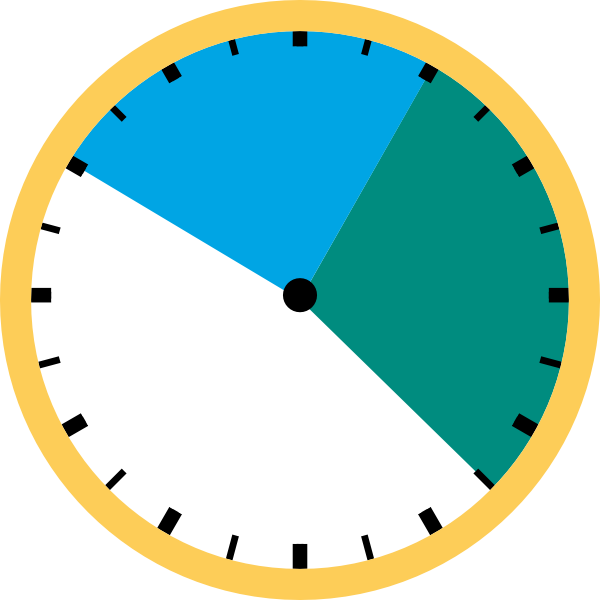It seems old-fashioned in this age of digital data, but children need to hand print to be better readers. A recent article in Psychology Today by Dr. Victoria L. Dunckley asserts, based on newer research, that children who can’t write well don’t learn to read as easily because they simply don’t have as strong a visual-motor imprint for letter recognition.
Printing and cursive writing stimulate the brain in unique ways that typing on a keyboard doesn’t. Writing “wires” hand-eye coordination, attention to detail, and teaches self discipline. The article notes that studies show that lap-top note taking distracts both the user and their neighbors and that note-takers on computers don’t perform as well as written note takers on exams. Using laptops reduces student and teacher eye contact, creates a reliance on looking up materials instead of internalizing concepts, hinders critical thinking and discussion. Some college classes are even banning laptop note taking in favor of longhand note taking for these very reasons.
When it comes to learning and development, old-fashioned really is often best. The take away for all concerned grownups: create opportunities for children to write with pen or pencil and paper. Have them write letters, cards, and postcards to family members or to themselves. See how long it takes for a postcard to “come home.” Play the “dictation game” where children have to write down what you say as accurately as they can. Make a summer time capsule with your child writing about their favorite things to do in the summer. Ask them to help you write a short grocery list or to make a list of favorite foods they’d like to eat. It turns out that any kind of writing is right for supporting reading and literacy.










































